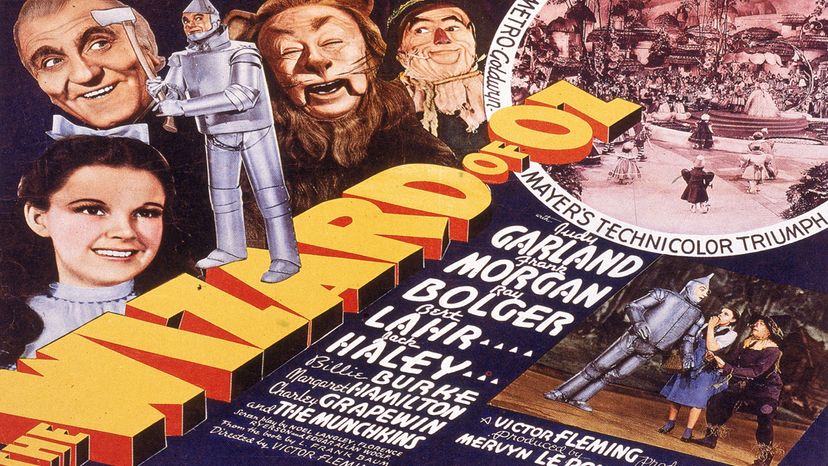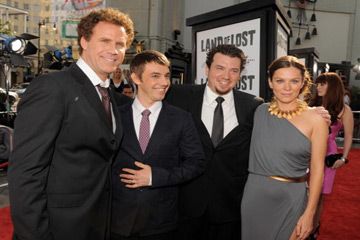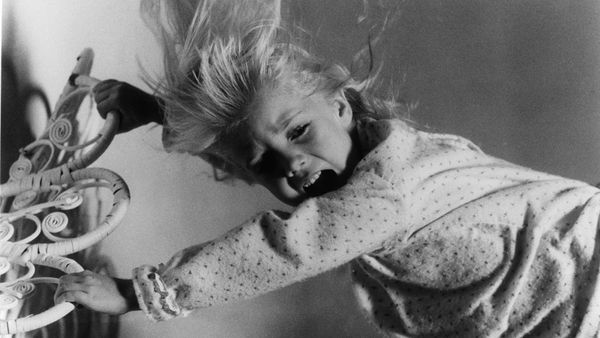
It shook Hollywood and film fans when Lucasfilm announced that co-directors Phil Lord and Christopher Miller were going to be removed from the new "Star Wars" stand-alone film starring Alden Ehrenreich as a young Han Solo. A mere 24 hours later, Kathleen Kennedy, the president of Lucasfilm, announced that veteran filmmaker and George Lucas protégé Ron Howard would step in to finish the film.
Here's the thing: It's not the first time this has happened, though some of the outsized reactions to the news might have made it seem like that. So, here at HowStuffWorks, we wanted to bring up five times when similar situations have occurred and we still wound up with arguably great films.
Advertisement


